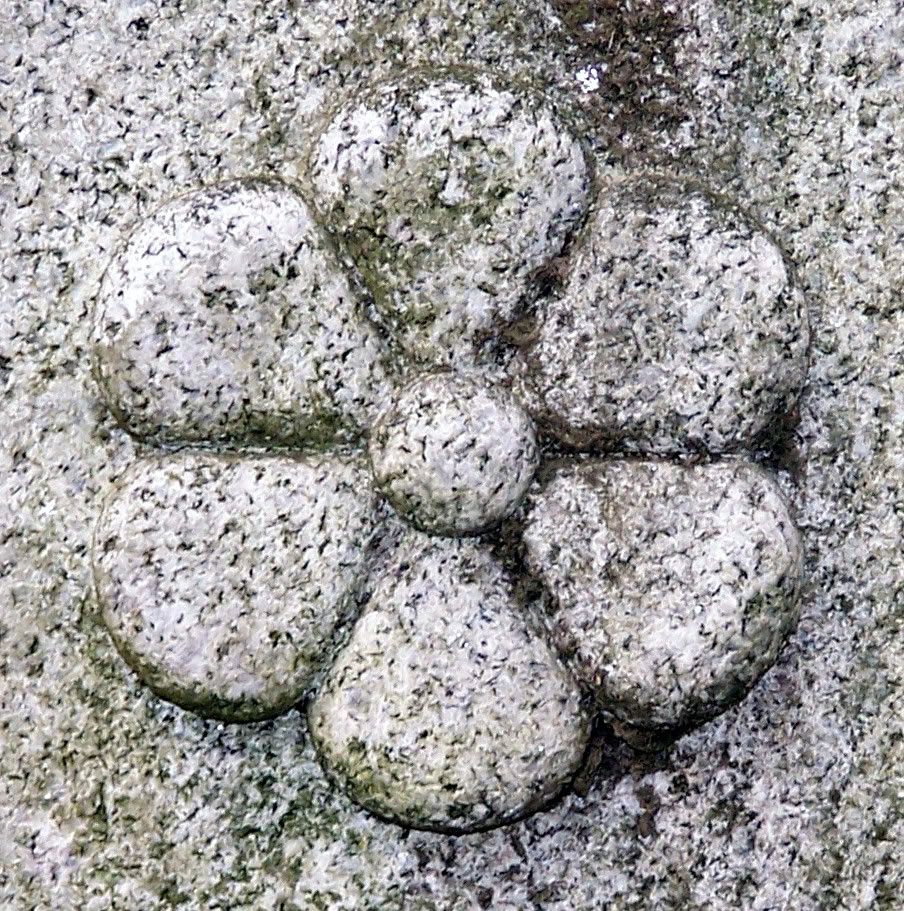Tuesday, November 22, 2005
Acrocyanosis
Zach was diagnosed with acrocyanosis last week. Here's Wikipedia's definition of acrocyanosis:
Acrocyanosis
From Wikipedia, the free encyclopedia.
Acrocyanosis is a disorder of the cardiovascular system that causes cyanosis (a bluish discoloration of the skin) of the hands and sometimes the feet. It is a relatively benign disorder and there is usually no medical treatment advised.
Features
Acrocyanosis is characterized by peripheral cyanosis: persistent cyanosis of the hands or of the hands and feet. The extremities are often cold and may exhibit some swelling. Palms and soles range from being moist to profuse sweating, but pulses are normal. Exposure to cold temperatures worsens the cyanosis, while it often improves on warming. There is no associated pain and patients are normally asymptomatic aside from the discoloration; the discoloration is usually what prompts patients to seek medical care.
Diagnosis
Acrocyanosis is diagnosed clinically, based on the medical history and physical examination. No laboratory studies or imaging studies are performed. The normal pulses rule out peripheral arterial occlusive disease, where arterial narrowing limits blood flow to the extremities. Pulse oximetry will show a normal oxygen saturation. Unlike the closely related Raynaud's phenomenon, the cyanosis is always present; it does not come and go. Also, there are no associated trophic skin changes or ulceration.
Pathophysiology
The precise etiology of acrocyanosis is unknown. Peripheral arterial vasoconstriction produces the cyanosis and also results in a secondary vasodilation of capillaries and venules. The cause of the disordered vascular tone is unknown.
Treatment
There is no medical or surgical treatment for acrocyanosis. A sympathectomy, or disrupting the fibers of the sympathetic nervous system to the area will usually alleviate the cyanosis, but such an extreme procedure would rarely be appropriate. The patient is reassured that no serious illness is present. Avoidance of cold temperatures often improves the discoloration.
Prognosis
While there is no cure for acrocyanosis, patients otherwise have a normal prognosis. There is no associated increased risk of disease or death. There are no known complications. Aside from the discoloration, there are no other symptoms: no pain, and no loss of function. Patients can expect to lead normal lives.
Epidemiology
Acrocyanosis usually begins when patients are less than thirty years old. It often improves with age. It is far more common in women than in men.
Labels: health



